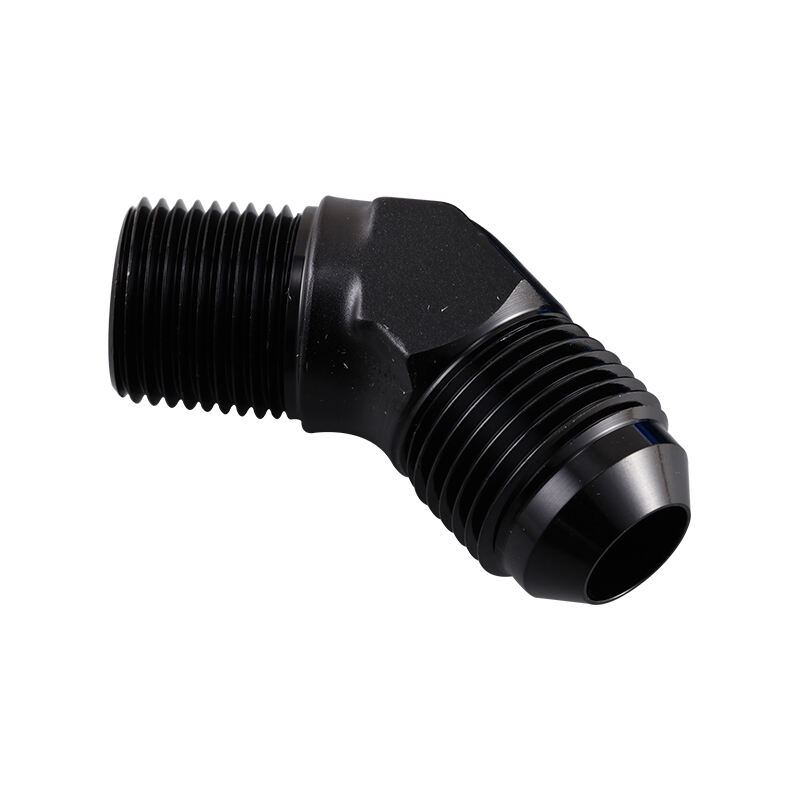
A good understanding of best practices when installing forged AN fittings as well as performing maintenance on them will not only ensure their long-lasting life but also the efficiency of your systems. This is especially important for automotive, aerospace or industrial applications since it helps to avoid problem areas and to retain performance.
Best Practices for Installing Forged AN Fittings
Preparation: Prior to the installation of the fitting, or of the hose or line to which it is to be attached, check both for cleanliness and lack of foreign material. Contaminants left in the seal can weaken the seal and cause it to leak.
Torque Specifications: Make sure that the recommended torque as specified by the manufacturers is adhered to. Accurate torque application makes it possible to carry out proper fitting with no over tightening leading to damage of fitting or parts that are attached to it.
Use the Right Tools: Can the right tools be used for the task? Proper use of tools is essential so that a torque wrench and an AN wrench can give a proper fit. When an incorrect tool is used, slippage and subsequent damage during installation is quite possible.
Double-Check Connections: Once fully assembled, all tightness of the connections should be checked again and again. The minimum expected to be recommended is that the system should be pressure tested prior to its deployment to check for leaks.
When it comes to the Installed AN Fittings, it’s safe to state that assembling, integrating and using forged AN fittings successfully requires both proper installation and maintenance. Well to add that there are ways to further mitigate the chances of encountering issues and achieve the desired end results with ease and without any hassle whatsoever.
Routine Inspections: You must inspect AN Fittings and hoses on a periodic basis just to see what’s the current state of the parts so that if there’s any damage or corrosion, then it won’t go unnoticed. Check for any seams, pins, screws, and if they’re intact, with appropriate seals and no leaks.
Cleaning: In a range of situations, maintenance crews damage the units by practically not performing any kind of cleaning. Any suitable non abrasive cleansing device specifically designed for the application can be used to elongate the service life of the AN fittings and cover plates.
Replace When Necessary: This ought to be a constant reminder that AN Fittings and other holders need to be replaced instantly with new ones in the event of a breakdown. If some of the Fittings fail to deliver an acceptable performance, it’s best to just throw them away altogether.
Consult Professionals: Whenever the maintenance of the AN fittings is concerned, first take the advice of a professional engineer. Hiring the right expert will offer the necessary assistance but most importantly deliver peace of mind and ensure there won’t be any unforeseen issues hampering the entire operational activity.